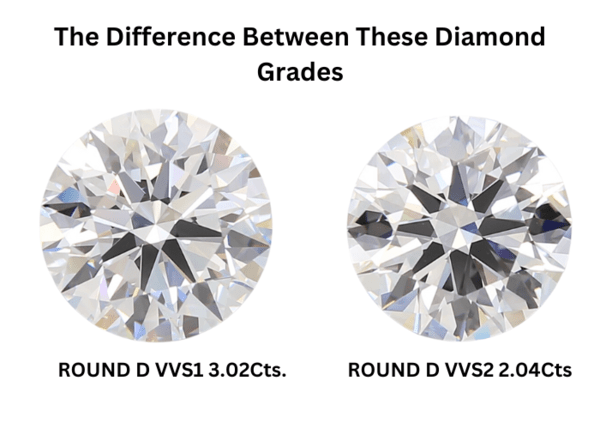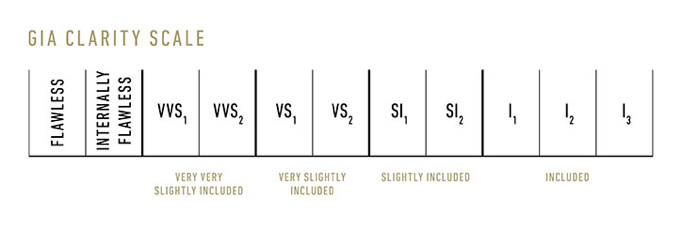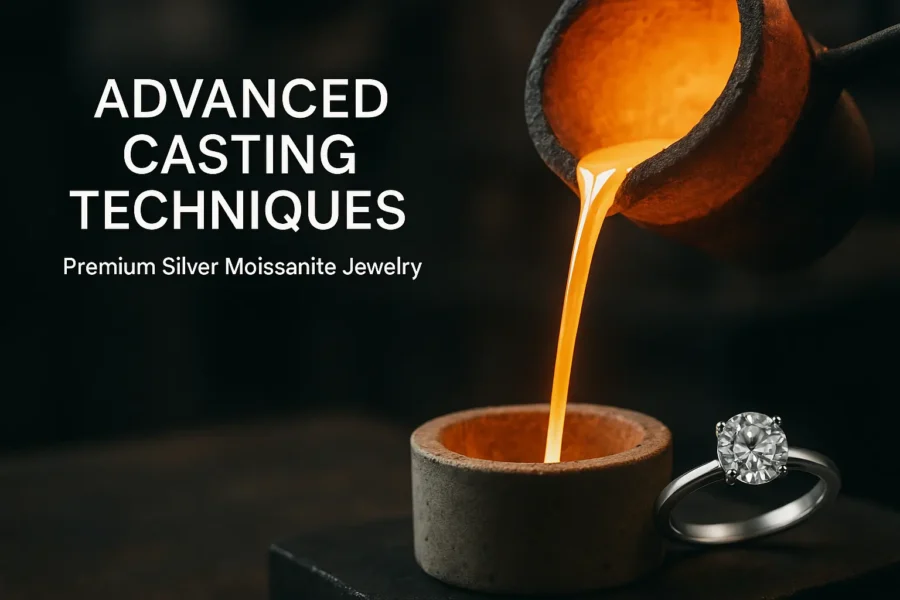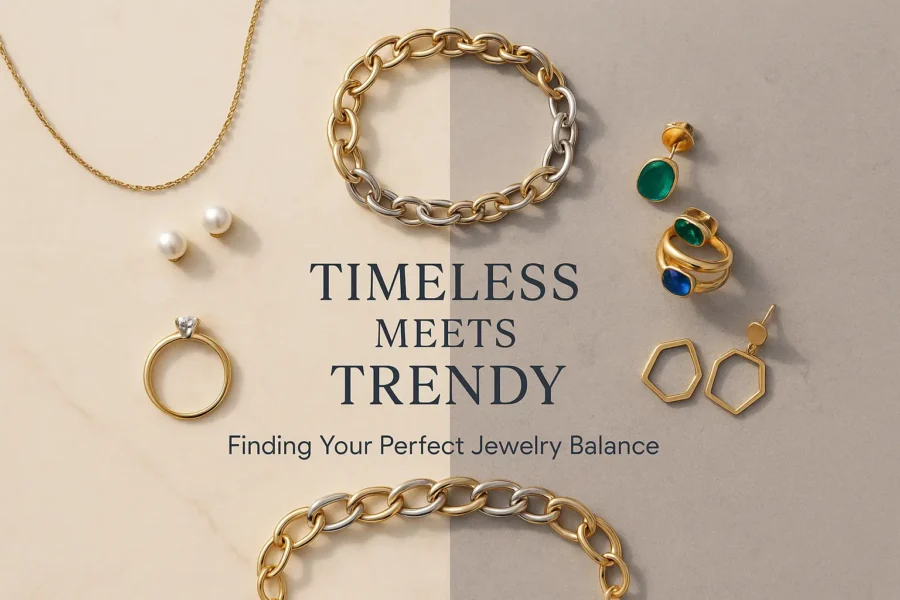VVS1 vs VVS2 — The Difference Between These Diamond Grades

Are you looking to buy a lab-grown diamond for a ring but are confused with the many options and diamond terminologies that are hard to understand? If yes, you’ve definitely come across the term VVS diamond.
Don’t worry, it’s common for people to feel confused and lost in the sea of diamonds available in the market, all with different qualities and specifications.
In this blog, we’ll focus on diamond clarity, one of the 4Cs of diamonds. We will specifically focus on the two sub-grades of VVS diamonds—VVS 1 and VVS 2—the differences, how to understand these diamond specifications, and which one you should buy.
Read on!
What are VVS1 and VVS2 diamonds?
To get an understanding of diamond clarity grading, look at this grading scale by the Gemological Institute of America (GIA).

VVS stands for Very Very Slightly Included. What does that mean? When you refer to VVS1 or VVS2, you refer to the clarity grade of the diamonds. VVS means the inclusions are so slight that they are difficult for a skilled grader to see under 10x magnification.
And what is an inclusion? It is an imperfection or flaw in the gemstone. Both lab-grown diamonds and natural diamonds can have inclusions. Inclusions can occur for many reasons.
For instance, flaws can occur when the diamond is being made in the lab or under the earth from irregularities in its atoms and other properties. Or it could be an element that is trapped within the diamond. Inclusions can also occur due to scratching of the polished diamond, among other reasons.
The more the number of inclusions in the natural or lab diamond, the less expensive it is. Conversely, the less inclusions in the diamond, the more expensive it is.
VVS diamonds are just under the best diamond grades — flawless and internally flawless. Both types of VVS diamonds are very difficult to identify because the inclusions are very very slight and not visible to the naked eye. However, such minute inclusions can be visible under a 10x microscope. Between VVS 1 diamond and VVS 2 diamond, VVS 1 is higher grade.
The differentiation factors between VVS1 and VVS2
-
Where are the inclusions located?
-
How big the inclusions are? For instance, if the flaw is noticeable, then it will fall under the VVS2 diamond grade. If the inclusions are hidden, then the diamond will be graded as VVS1.
-
In VVS1, the inclusions will be hidden in locations where it’s very hard to see, for example, in the outer edges of the diamond, etc.
-
In VVS2, the inclusions will be a little more visible than they are in VVS1 diamonds, for example, the inclusion may be a little closer to the center of the diamond.
-
VVS2 diamonds may have inclusions that are bigger than that of VVS1 diamonds.
-
VVS2 diamonds could have more than one inclusion, say three to four.
-
VVS2 diamond cost will be lesser than VVS1, and so, with a VVS2, you can upgrade the color, cut, or carat of your diamond. With VVS 2, you can choose a better diamond shape at a more affordable price.
Why choose VVS1 diamonds or VVS2 diamonds?
For starters, the lab-grown diamond price of VVS diamonds is a little less than that of flawless diamonds. Hence, many customers may opt for VVS diamonds.
But what makes people choose between VVS1 and VVS2 is that there’s hardly any difference between the two that can be visible through the naked eye. The answer is, it’s a matter of preference. People who are particular that they only want the VVS1 quality of diamonds would choose VVS1 over VVS2. These are people who know that they want the higher grade of the VVS lab-grown diamonds.
Those who choose VVS2 are people who want the most value for their money. They want a good-quality diamond but are okay to compromise a little and choose the VVS2 grade clarity. These are people who know that it’s hard to differentiate between VVS1 and VVS2. Choosing a VVS2 diamond enables customers to maximize on their budget.
However, the price of a VVS1 diamond can be significantly higher than that of a VVS2, depending on how large the diamond is. And so, the lab-grown diamond cost can be a big factor in making purchase decisions.
Which type of diamond should you choose: VVS1 or VVS2?
The next time you’re looking for the best lab-grown diamonds online or visiting a lab-made diamond store, you can confidently check the VVS details of graded diamonds, so you can make informed decisions.
The choice depends on what your priorities and needs are when buying lab diamonds. If you want to go for the best lab-grown diamonds, you should go for VVS1 diamonds, or else you could choose VVS2.
Now it’s suddenly simple to make your choice between these two diamonds, isn’t it?





